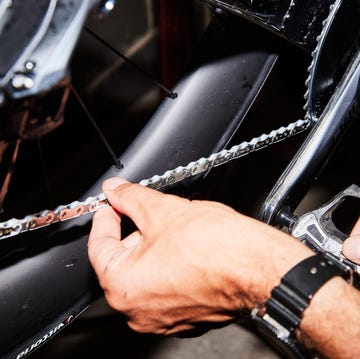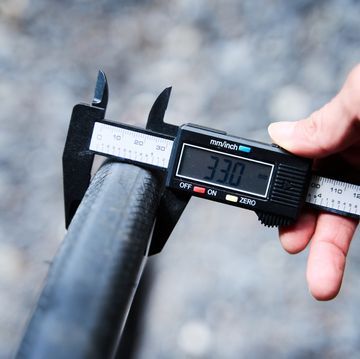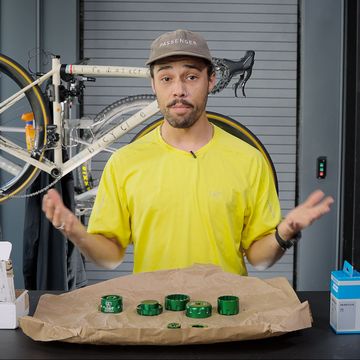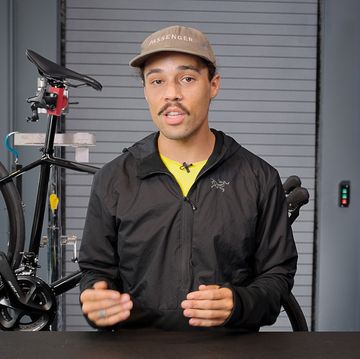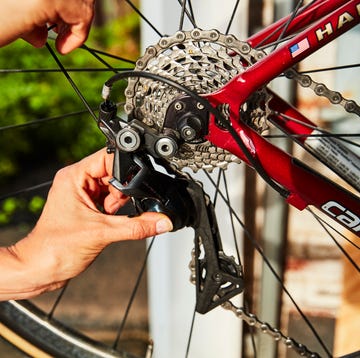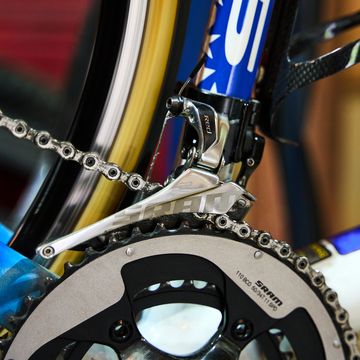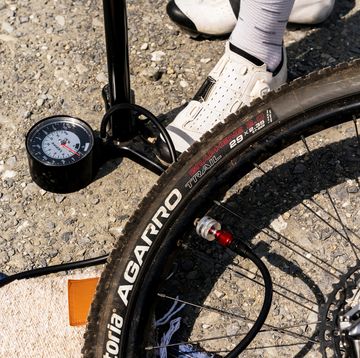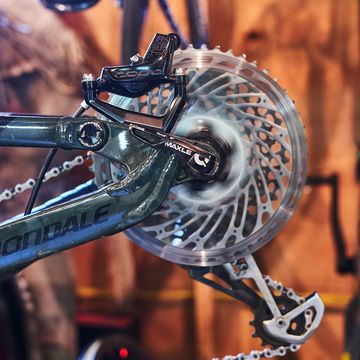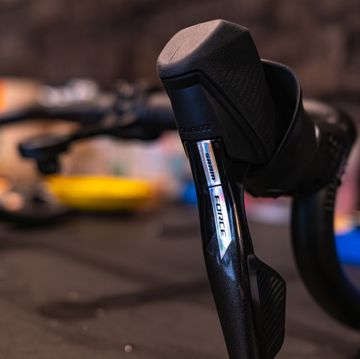Learning to take care of your bike is an exciting (and money-saving) part of being a cyclist. However, sometimes the wisdom and tips that get passed down aren’t quite what the bike mechanic ordered. We spoke to several bike mechanics, including Gene Carleton, who heads up Performance Bicycle’s mechanic training program, to learn what are the most common bits of bad advice that they hear (as well as the most common mistakes they see out in the wild).
These are six bike maintenance and repair tips that cyclists might mistakenly believe, and what you should do instead.
You always need to use torque wrench
We'll start with a tricky one. Yes, all mechanics advise using a torque wrench any time you need to tighten a bolt. Carleton says this is even more important when you are working on carbon fiber components and other lightweight parts. But does that mean you shouldn't tighten a slipping post with a multi-tool mid ride? Or use your favorite hex wrenches to adjust your brakes? Of course not, especially if you have aluminum or steel parts. Mechanics have been using standard wrenches for decades, after all. Just use common sense and don't over-tighten. Our advice: Get a reliable torque wrench and use it, but don't toss the hex wrenches either. (In the market for a good hex wrench? Check out our limited-edition, custom engraved HX-One Essential Kit!)
Bikes ordered online are ready to ride
When you purchase a bike online instead of from a bike shop, it should arrive mostly assembled. But depending on the brand, you likely will have to do some work. Wheels might need attached, the handlebar straightened, and brakes adjusted. And other harder-to-detect problems could have been created during factory assembly or shipping. So it's a good idea to have your bike looked over by a trusted mechanic before you hit the road (or pay to have it built by a professional—Canyon bikes even offers this as an option when you purchase its bikes online).
Here are several other important things we want cyclists to know:
You should wash your bike after every ride
Not only is this bad advice, it's largely impractical. You want to keep your bike, especially the moving parts free of dirt and grime, but that doesn't mean getting the hose out after every ride. “If it’s just a fair-weather pavement ride, then it’s literally just a quick wipe down to keep dust from building up says Sean Ramirez, mechanic at Roaring Mouse Cycles in San Francisco. Wet rides mean more work, but if there is not a lot of mud or gunk buildup you can just wipe down and lube the chain, Ramirez says. Bicycling's gear editor, Mike Yozell, recommends cleaning a road bike monthly (or every 20 to 25 rides), a mountain or 'cross bike more often, and any bike after a really messy ride.
RELATED: 3 Mistakes You’re Making Every Time You Wash Your Bike
Never wash your bike with a power washer
Using a power washer is certainly one way to blast away dirt and grime, particularly after a muddy mountain bike or cyclocross ride. However, the intense pressure can do more harm than good: It can blast out lubricant from bearing seals and components, which will make things dry and creaky over time. Still, that doesn't mean they're to be avoided. Just be sure to spray from either above or below the bike, rather than directly from the side—this will minimize the chance that water will force itself into your bottom bracket or wheel hubs.
You need a cycling-specific degreaser
There are dozens of quality cycling-specific degreasers you can use to clean a chain and other grimy parts—some are environmentally friendly. But it's not your only option. “Good old Dawn dishwashing soap with warm water does just about as good as anything else out there,” Carleton says. Just make sure to avoid automotive degreasers—they can damage rubber seals, and possibly even the paint on your bicycle.
“If it ain’t broke, don’t fix it”
This age-old chestnut doesn't quite carry over to cycling. “Don’t wait for something to go wrong with your bike,” Carleton advises. Routine cleaning and maintenance will help identify a problem before it becomes catastrophic, and will also help you extend the life of many of the components on your bike, saving you time and money in the long run.



